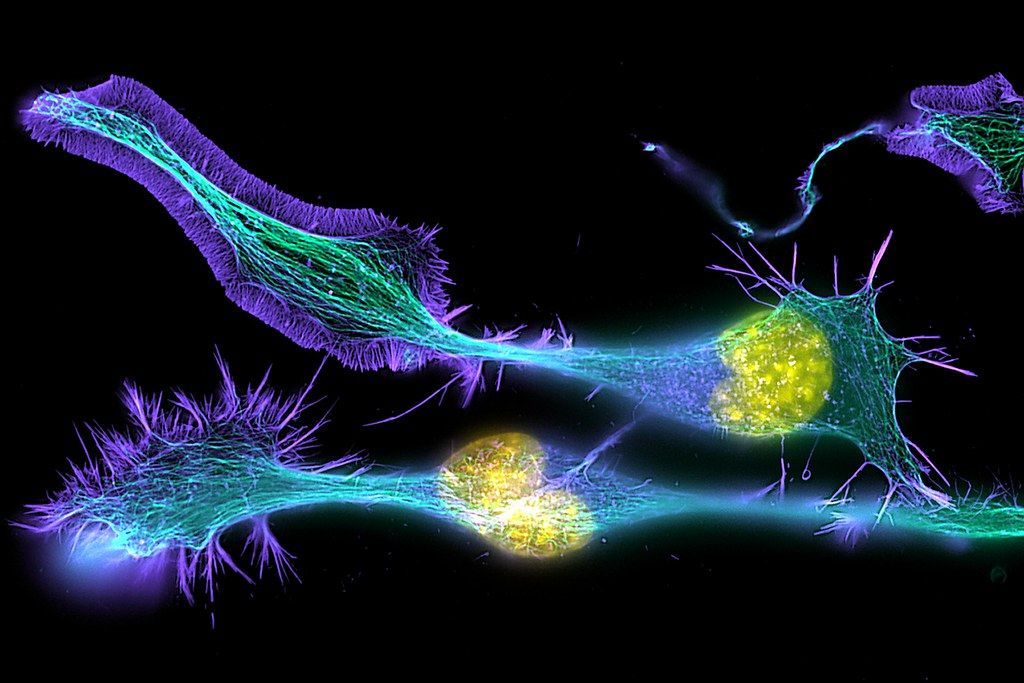
🔬 Cell glue – a breakthrough for regenerative medicine
Engineered molecules with glue-like properties open the door to regenerating tissues, healing wounds and regenerating nerves. The knowledge can also make it easier to study diseases.
Share this story!
Scientists have created a molecule that acts as a glue for cells, allowing precise manipulation of how cells bind to each other, the University of California, San Francisco, announced on its website. This represents a giant step towards building tissues and organs, a long-awaited goal in regenerative medicine.
In a new study, published in Nature, the researchers show how they engineered cells that contain specially made adhesive molecules, which bind with specific partner cells in predictable ways; and thus form complex structures.
Glue-like molecules are found naturally throughout the body, and hold the same tens of trillions of cells in highly organized patterns. They shape structures, create neural circuits and guide immune cells to their targets. The adhesion also enables communication between cells to keep the body functioning as a self-regulating whole.
“We managed to create cells in a way that allows us to control which cells they interact with, and also control how that interaction takes place. This opens the door to building new structures such as tissues and organs.” Says research leader Wendell Lim, director of UCSF's Cell Design Institute.
Restore the connection between cells
Body tissues and organs are formed in the body from the time in the womb until adulthood. Then many of the molecular instructions that guide the generative process disappear; some tissues, such as nerves, are then unable to heal from injury or disease.
Lim hopes to overcome this by engineering adult cells to make new connections. This requires an ability to construct with high precision how the cells interact with each other, something that the results of the new study show is within reach.
“The properties of a tissue, such as your skin, are largely determined by how the different cells are organized within that [tissue]. We are developing ways to control this organization of cells, which is central to being able to synthesize tissues with the properties we want them to have.” Says Adam Stevens, first author of the study.
More areas of use
According to Stevens, the discovery also has other uses, citing as an example that researchers can design tissues to model disease stages, to make it easier to study them in human tissue.
"Cell adhesion" was a major component in the evolution of animals and other multicellular organisms; custom adhesive molecules can give us a deeper understanding of how the path from unicellular to multicellular organisms began.
"It is very exciting that we now understand much more about how evolution may have started to build bodies. Our work reveals a flexible molecular adhesion code that determines which cells interact and in what way. Now that we are beginning to understand it, we can harness it to direct how cells link together to become tissues and organs. These tools can be truly transformative.” Concludes Stevens.
Photo: The image shows developing neurons; something that can be recreated even in adults, where the process is no longer active.
By becoming a premium supporter, you help in the creation and sharing of fact-based optimistic news all over the world.


